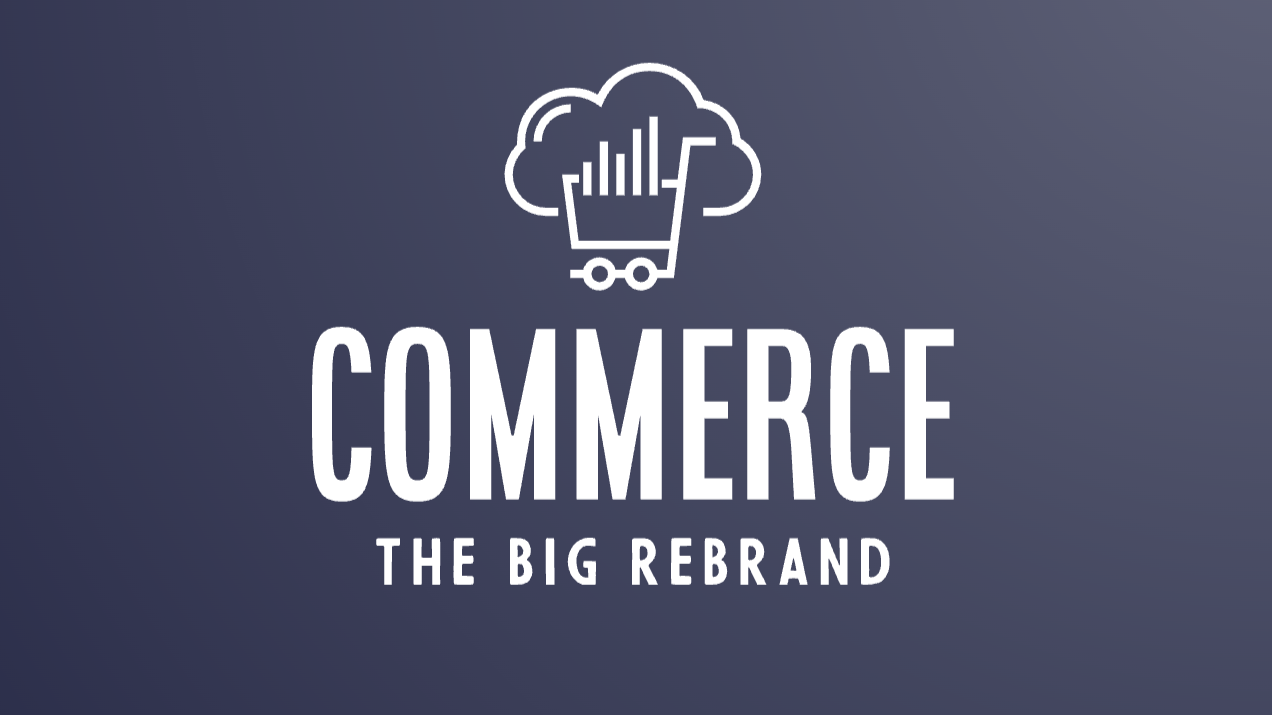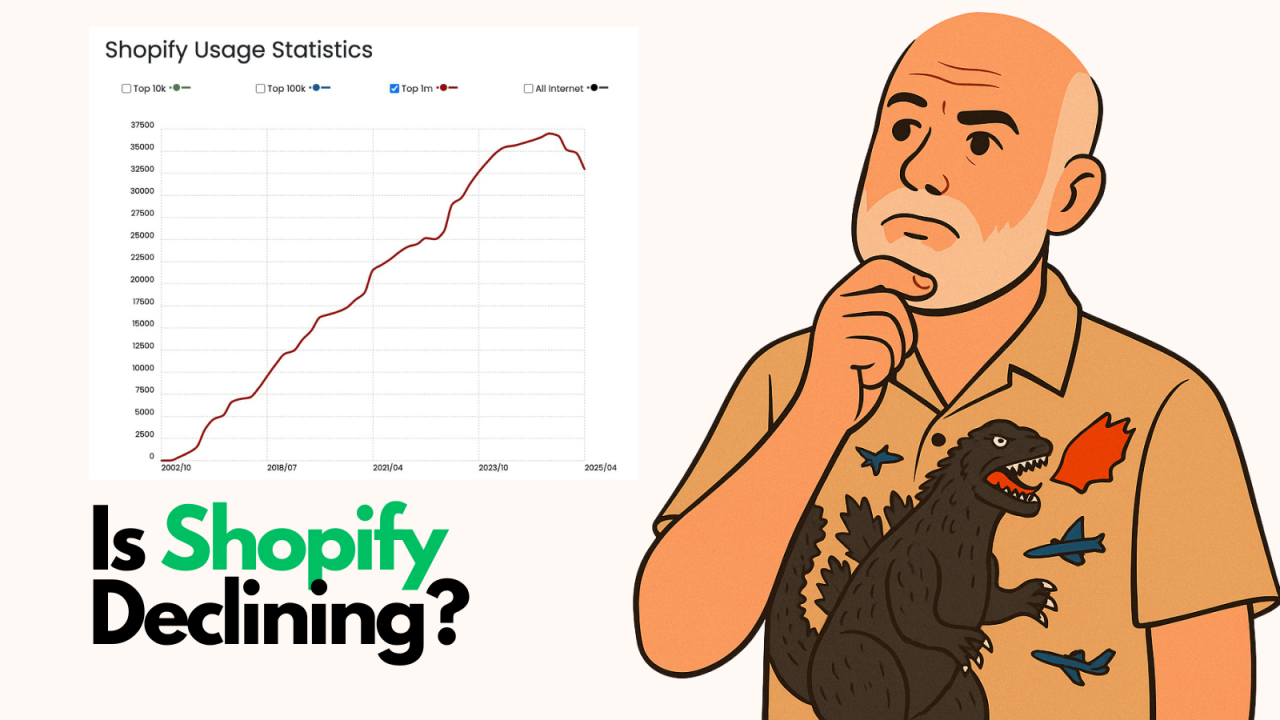
Optimizing your ecommerce category pages for search engines is paramount to attracting qualified traffic and driving sales. While often overlooked, these pages are critical gateways to your product offerings, making their SEO performance a key factor in your online success. Implementing the proper optimization strategies can significantly improve your category page rankings, capture more organic traffic, and boost your bottom line.
Ecommerce category pages guide users through your site's hierarchy and help them discover the products they seek. However, these pages often fail to receive the SEO attention they deserve, leading to missed opportunities for increased visibility and revenue. By focusing on critical elements such as page titles, meta descriptions, content optimization, and mobile responsiveness, you can unlock the full potential of your category pages and gain a competitive edge in search results.
The first step in optimizing your ecommerce category pages is conducting thorough keyword research to identify high-intent, relevant phrases that align with your target audience's search behavior. Once you've compiled a list of target keywords, craft compelling, search-friendly page titles and meta descriptions that accurately reflect the content of each category page while enticing users to click through from the search results.
To create compelling titles and meta descriptions:
Beyond titles and meta descriptions, the on-page content of your category pages plays a crucial role in their SEO performance. To optimize this content effectively:
By enhancing your on-page content, you improve your category pages' relevance to search queries and create a more engaging user experience that encourages visitors to explore your site further.
Effective product filtering and sorting options are essential for helping users navigate your ecommerce category pages and find the items they desire. To optimize these features for both SEO and usability:
By providing intuitive, user-friendly filtering and sorting options, you enhance the overall browsing experienile, also making it easier for search engines to understand and rank your category pages appropriately.
Strategic internal linking is a powerful tool for improving your ecommerce site's architecture and distributing link equity effectively. When optimizing your category pages:
By creating a well-structured, interconnected web of category and product pages, you improve your site's SEO performance and guide users seamlessly through the purchase journey.
With most online traffic now originating from mobile devices, optimizing your ecommerce category pages for mobile responsiveness is non-negotiable. To ensure your pages meet the expectations of mobile users and search engines alike:
By delivering a seamless, user-friendly mobile experience, you cater to the growing mobile audience and improve your chances of ranking well in mobile search results.
Optimizing your ecommerce category pages for SEO is an ongoing process that requires continuous monitoring, analysis, and refinement. To gauge the success of your efforts and identify areas for improvement:
By adopting a data-driven, iterative approach to category page SEO, you can consistently improve your search performance and stay ahead of the competition in the dynamic world of ecommerce.
Optimizing your ecommerce category pages for search engines is critical to your overall online success. By implementing the six proven tactics outlined in this article—from crafting compelling titles and meta descriptions to prioritizing mobile responsiveness and continuously refining your approach—you can significantly improve your category page rankings, attract more qualified traffic, and drive more sales.
However, the journey to category page SEO success is ongoing and requires dedication, adaptability, and a commitment to staying at the forefront of best practices. By continuously monitoring your performance, staying attuned to evolving search trends, and refining your strategies accordingly, you can solidify your position in the search results and build a thriving, profitable ecommerce business.
Are you ready to elevate your ecommerce category page SEO and unlock your online store's full potential? Contact Content Basis today to learn how our expert team can help you implement these proven tactics and drive unprecedented business growth.

Following up on my earlier post about BigCommerce's rebrand announcement, I got my hands on theCleveland...

By Brent W Peterson AI vs Shopify: Is Platform Dominance Ending in 2025?

The B2B OG Reality Check In 1995, I built my first B2B website for my then computer assembly company. It...